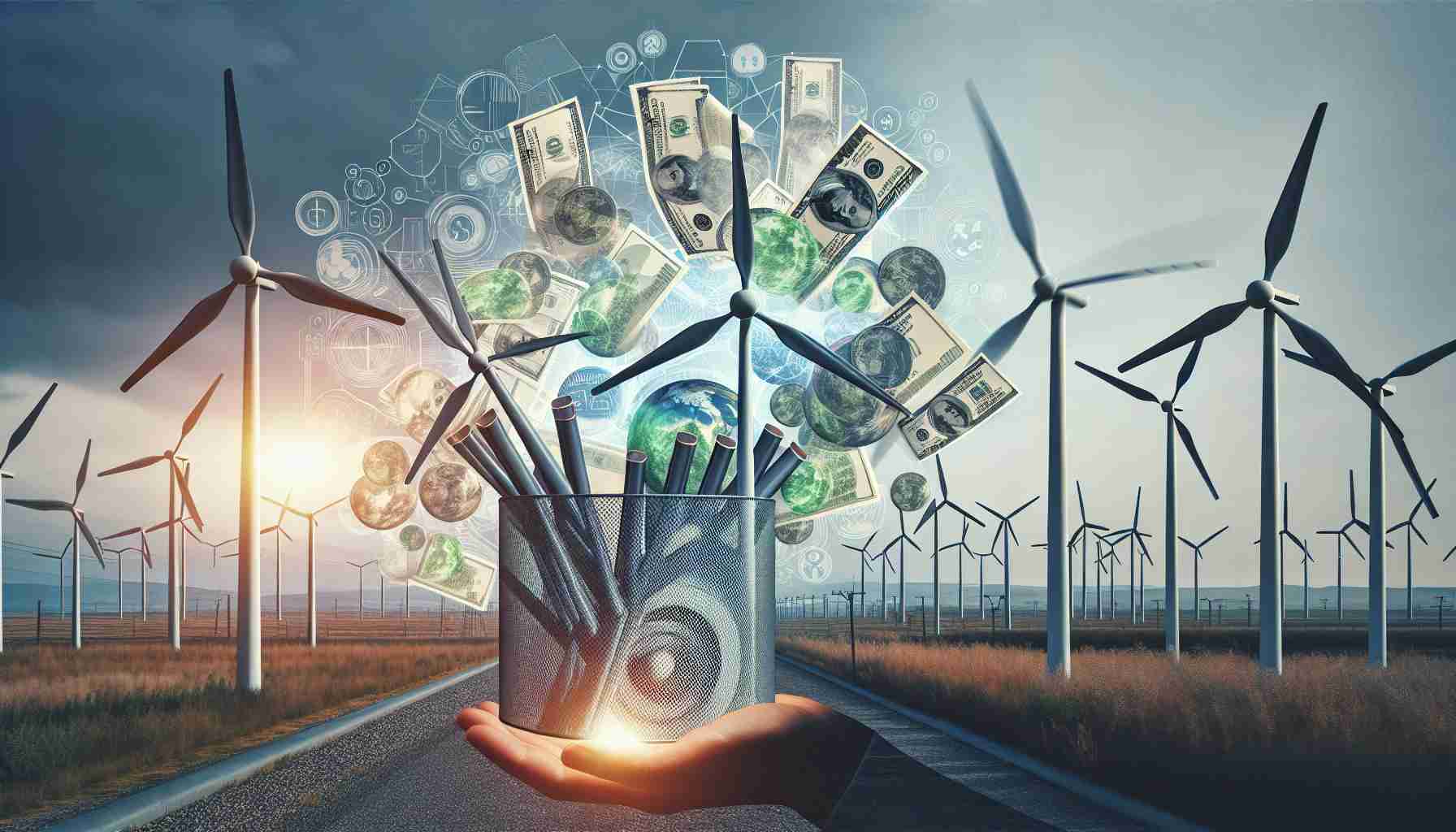- Ørsted has reduced its 2030 investment program by 25% to strengthen its capital structure and maintain investment-grade credit ratings.
- The company retains a strong 9 GW construction portfolio, focusing primarily on an 8.4 GW offshore wind program.
- This offshore initiative aims to nearly double Ørsted’s capacity, reinforcing its position as a global leader in renewable energy.
- Ørsted faces challenges in U.S. offshore wind projects, prompting a selective capital allocation approach emphasizing high-return opportunities.
- The company is implementing a sustainability program projected to save over DKK 1 billion.
- Renewable capacity growth expectations have been adjusted to a target of 27.3 GW by the end of 2027, highlighting Ørsted’s focus on financial prudence alongside growth.
In a strategic shift that ripples through the renewable energy sector, Ørsted has announced a 25% cut to its investment program slated for 2030. This decision aligns with their commitment to maintain a robust capital structure and uphold a strong investment-grade credit rating. Despite this reduction, Ørsted reassures stakeholders that the company’s impressive construction portfolio, boasting 9 GW of generation capacity, remains intact and robust.
Rasmus Errboe, the Group President and CEO, emphasizes that this leaner investment strategy is about prioritizing value. Ørsted aims to channel capital into only the most financially enticing opportunities, primarily focusing on their ambitious 8.4 GW offshore wind construction program. This initiative is critical, as it is poised to nearly double their offshore wind capacity, solidifying Ørsted’s status as the global leader in this burgeoning sector.
However, Ørsted has faced hurdles, particularly within its U.S. offshore wind projects, which have put pressure on credit metrics. In response, the company is not just trimming its investment sails; it’s also embracing a more selective approach to capital allocation. This includes targeting geographies and technologies that promise the highest returns and implementing a sustainable efficiency program aimed at generating over DKK 1 billion in savings.
As they adjust expectations for renewable capacity growth—from 35-38 GW down to a more attainable target—Ørsted’s commitment to enhancing its total renewable energy capacity to 27.3 GW by the end of 2027 remains steadfast. This focused resilience underscores Ørsted’s strategy of balancing ambition with financial prudence, setting the stage for continued leadership in the renewable energy landscape.
Ørsted’s Smart Investment Shift: What It Means for the Future of Renewable Energy
Strategic Overview of Ørsted’s Investment Cuts
In a notable shift within the renewable energy landscape, Ørsted has announced a 25% reduction in its investment program projected for 2030. This strategic pivot aims to maintain a robust capital structure while ensuring a strong investment-grade credit rating. Despite the cut, Ørsted’s current construction portfolio, which features an impressive 9 GW of generation capacity, remains secure.
Focus on Offshore Wind Capacity
Rasmus Errboe, Ørsted’s Group President and CEO, articulates this investment strategy shift as a move towards prioritizing value. The company plans to allocate resources primarily toward its significant 8.4 GW offshore wind construction program, positioning Ørsted to nearly double its offshore wind capacity. This strategic focus solidifies Ørsted’s status as a leader in the global renewable energy sector.
Challenges and Strategic Adjustments
Ørsted has faced challenges, particularly in its U.S. offshore wind projects, which have strained its credit metrics. In response, the company is adopting a selective capital allocation strategy, targeting geographically and technologically favorable opportunities. Additionally, Ørsted is implementing a sustainable efficiency program aimed at generating over DKK 1 billion in savings.
Future Capacity Goals
As Ørsted adjusts its growth expectations for renewable capacity—from an ambitious 35-38 GW down to a more realistic target—the firm is resolute in its commitment to enhance its renewable energy capacity to 27.3 GW by the end of 2027. This strategic recalibration signifies Ørsted’s dedication to balancing ambitious goals with prudent financial management, setting a precedent for leadership in the renewable energy sector.
Important Related Questions
1. What factors led Ørsted to reduce its investment in renewable energy?
Ørsted’s decision stems from the need to uphold a strong credit rating and respond to challenges in U.S. offshore wind projects. The company aims to focus on more promising geographies and technologies that offer higher returns.
2. How will the investment cuts affect Ørsted’s offshore wind projects?
While the cuts will reduce overall investment, Ørsted remains committed to its 8.4 GW offshore wind program, which is critical for maintaining its leadership status in renewable energy. The focus on high-value projects is likely to sustain its growth trajectory.
3. What is Ørsted’s plan for achieving its future capacity goals?
Ørsted aims to streamline its investment strategy to enhance efficiency and target lucrative renewable energy projects, ultimately striving to achieve a total capacity of 27.3 GW by the end of 2027 despite scaling back initial growth projections.
For more insights and updates on Ørsted and the renewable energy sector, visit Ørsted’s Official Site.













